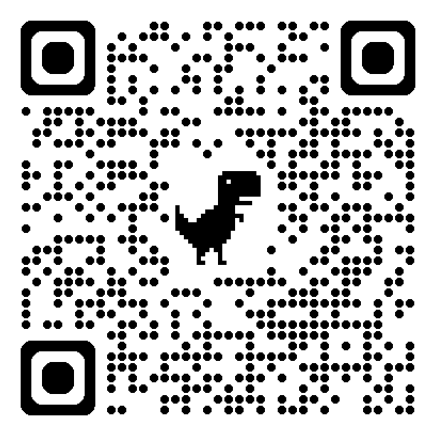The Charity
Aviation
Maritime
GA1368
Initial Report
Aircraft removed from hangar via nose-wheel tow-bar as per normal procedure following initial walk-round during which it had been noted that the engine oil required topping up. As the oil was not immediately apparent in the hangar I phoned another group member to ascertain the location and type of oil required. Having topped it up I continued with my pre-flight prep and missed the fact that the towbar was still attached.
Taxy and take-off appeared normal (it is worth noting that I was using a new noise-cancelling headset and therefore had no point of reference for external noise levels) and the flight continued safely for around an hour including 4 circuits at base. On arrival at the hangar the tow-bar was missing and it became apparent that I had taxied out with it attached. The tow-bar was subsequently found on the runway.
The main cause of this in my opinion was distraction. I was distracted during the walk-round by the need to source the correct type of oil and to some degree the time pressure of finding it to allow sufficient time to complete the flight. With hindsight I also recall an aircraft that took off after us commenting on some FOD on the runway but as everything appeared normal I did not consider that it may have been something from my aircraft. Following the flight it was noted that some minor damage had occurred to the propeller blade tips necessitating repairs to the prop and an engine inspection.
CHIRP Comment
As the reporter comments, distraction by the oil issue during the walk-round was a key aspect but there are probably other things for us all to think about as well. Was the towbar painted a bright colour to attract attention? Do you conduct any ‘last chance’ checks before getting into the cockpit (such as chocks, towbar, tie-downs, earthing cables removed as appropriate)? Were there any other people who might have noticed the towbar as they taxied out? It’s easy to be clever in hindsight, but just a few seconds pause to stand back and think before getting in the cockpit can be worthwhile.
Accepting that aircraft might have tow-bars left on them if they are simply being manoeuvred out of the way and not intended to be flown, there is much to be said for the practice of ensuring that tow-bars should never be left connected to aircraft and unattended once the aircraft is out of the hangar and positioned in the desired place pre-flight. Good advice is that once your hand has touched a tow-bar that will be attached to an aircraft going to fly then your hand should not leave it until the tow-bar is replaced in its storage location (ideally a shadow board) after use. AAIB accident report G-SAJK/G-CDMH reflected similar circumstances and has useful associated lessons regarding improving the visibility of GA ground equipment that would be worth reviewing, and the associated Clued-Up article from the CAA about towbar colours is also an interesting read. Another AAIB report about towbars being left connected refers to one involving C172 G-BGIY and is also relevant. The QR codes give links to the associated articles.



Lastly, remember that incidents involving things falling off aircraft are subject to mandatory occurrence reporting (MOR) requirements as stated in IR 2015/1018 and accessed using the CAA Occurrence reporting portal via ECCAIRS2. If you’re involved in a similar incident then don’t forget to MOR it.
Key Issues relating to this report
Dirty Dozen Human Factors
The following ‘Dirty Dozen’ Human Factors elements were a key part of the CHIRP discussions about this report and are intended to provide food for thought when considering aspects that might be pertinent in similar circumstances.
- Stress – delays caused by having to find and replenish aircraft oil.
- Pressure – self-imposed compulsion to get airborne on time.
- Distraction – walk-round interrupted by the need to replenish aircraft oil.
- Awareness – did not check that ground equipment (tow-bar) was returned to hangar after use.
This data type is not supported!